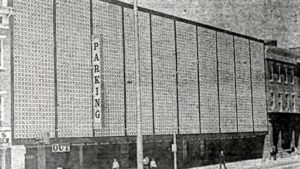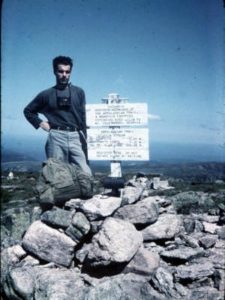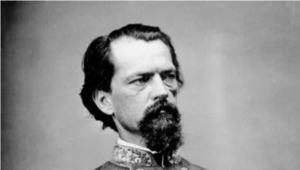When badly needed, York shone at this venue
The Bond
134 E. King St., York
The situation
In the past century, there’s been a changing crown on one of York’s busiest royal corners.
King and Queen streets come together in the area now known as the Royal Square District.
On the intersection’s southeast corner, for example, housing was going in where the old York Fairgrounds had operated until it moved to its current location in the late 1880s.
Helb’s Brewery on its northwest corner went from full production to dead silence as Prohibition’s ban bottled up its products after 1920. Thirty years later, this striking building came down, and eventually a parking lot went in.
Its southwest corner hosted the most telling change. The automobile craze was coming in, and dealerships with their big showrooms were going up around York.
On this corner, Anderson Motor Co. claimed turf covered by housing and the iconic Zion AME Church, a leading Black congregation in York.
As the decades passed, inner-city automobile dealerships, with their intense space needs, would seek green space in the suburbs. But the vast interior of that big brick dealership would provide warehouse and showroom space for Bond Sanitary Products, a janitorial supply business. At some point, the real or perceived parking needs in this neighborhood claimed its three-story front showroom, and, yes, a parking lot took its place.
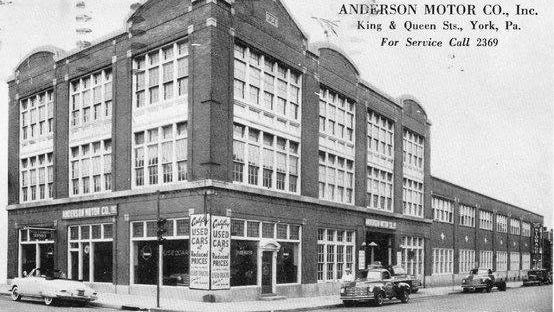
Then more time passed, and new royalty entered the picture complete with a court that included artists, eateries and other shops. The Parliament Arts Organization opened its gallery in the district as did the King’s Courtyard Artist’s Collective.
The Royal Square District needed a large gathering place and event venue, and the renovated Bond Sanitary Products building took on the trendier tag calling up a certain British detective, Bond, “The Bond.”
And just recently, plans were made public about creation of a Royal Square Gardens, outdoor space behind The Bond for 250 people to eat and gather.
But let’s back up a bit.
In April 1970, there’s one moment – a bit more than a week, in fact – in which The Bond and its neighborhood quietly hosted an emotional event that would help shape the contours of the city and county for several generations.
The expansive reaches of Bond Sanitary Products made room for the gathering with a fancy name but a powerful impact: the York Charrette.
“Charrette” in French means little cart, harkening to the days when architects crammed while riding a cart of their way to a big presentation.
A little cart, representing an intense, sometimes angry and needed moment to ignite change, had replaced big cars on this site.
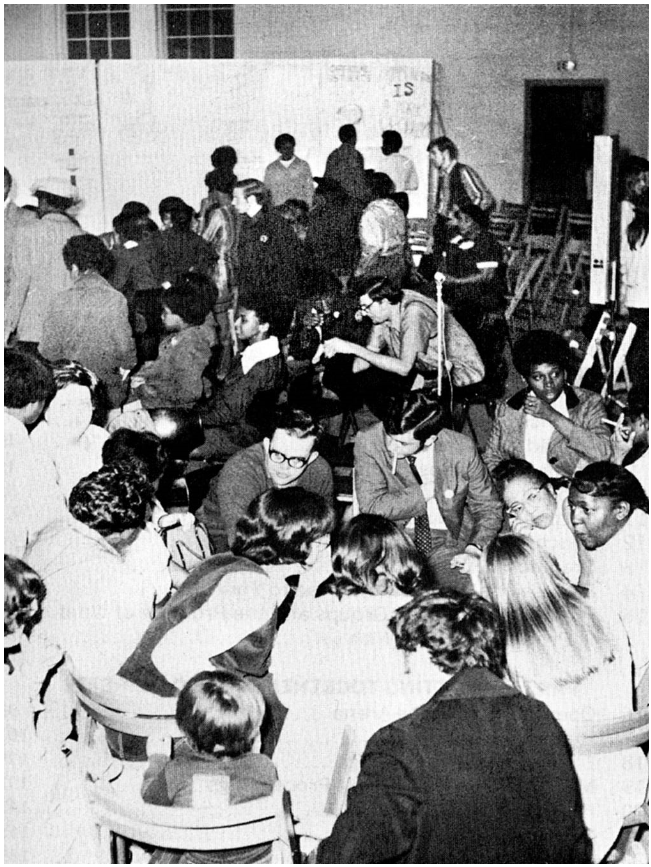
The witness
The Bond building awaited this event, called a type of civic group therapy, to search for reforms after the city had experienced race riots the previous two summers over long-unresolved issues: affordable housing, equity in jobs, accessible health care and reliable public transportation.
Charrette organizers said the building was perfect for the occasion, a large room with a high ceiling for communitywide gatherings in the hundreds. Plus, the place offered offices and spaces for breakout rooms.
It was available at no charge, though organizers had to post a bond and proof of insurance against damage that might erupt, an unfounded concern.
Plans developed in this large brick building did not sit on shelves, although some critics over the years have contended it smoothed things over but never rooted out the institutional racism residing in the York County community then and now.
Still, the combination of needed disruption to community structures from the riots – particularly a racially insensitive police department and its K-9 Corps – and the coming together of Charrette-goers in the Bond building meant change.
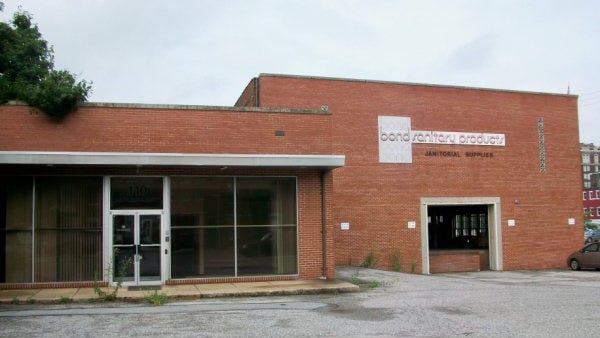
Forerunners to what is today known as Rabbittransit and Family First Health addressed transportation and health care, respectively.
The housing piece was formed in 1971, with the organization of the Housing Council and the York Housing Development Corp. The creation of these housing organizations was timely for another reason. In June 1972, Tropical Storm Agnes damaged low-income housing, thus heightening the need for housing renewal.
Today, 50 years later, the York Housing Development Corp. provides housing options doing business as Affordable Housing Advocates.
In the 1970s, the Spanish Council of York Inc. formed to represent the county’s growing Latino population. The city Human Relations Commission organized to address discriminatory practices. And Crispus Attucks opened a new community center to improve its work in the Black community and beyond.
In the 1970s, York elected its first woman mayor, Elizabeth Marshall. Its first city Black councilman, Roy Borom, took his seat. Frederick D. Holliday was appointed superintendent of York city schools, the first Black educator to hold that position. In 1981, Thomas Chatman Jr., a Black police officer, became chief, the police dogs that targeted Blacks long gone.
Every acre — every intersection — in York County can speak to history. And this is no claim that happenings in The Bond created Camelot – so much more work is needed. But at The Bond, at King and Queen, don’t let it be forgotten, there was a spot where for one brief moment, York needed to shine. And did. And can do so again.
The questions
In the 2018 forum shown in the video above, Michael Jefferson mentioned Bobby Simpson who described York this way. He says that the race riots didn’t transpire out of nothing. York was a “dry timber,” waiting to be lit. In other words, racial tensions dated back long before 1969, and it only took a spark to ignite the fire.
Let’s be proactive instead of reactive. The York Charrette audited the community’s needs, and we can do that again. In fact, much digging has been done in the three Rusk Reports, YorkCounts’ recommendations and other studies. What types of “dry timbers” lie in wait in York today? What specific problems need identified? Better yet, how can we soothe the potential fires that could ignite our community again?
Related links and sources: The York Charrette, George Shumway. The York Charrette, April 19-27, 1970, Raul Urrunaga, Journal of York County Heritage, 2011. “Almost Forgotten,” James McClure. Top photo by Jim McClure. Middle photo, Greg Halpin. Bottom photo, Raul Urrunaga.
— By JAMIE NOERPEL and JIM McCLURE

